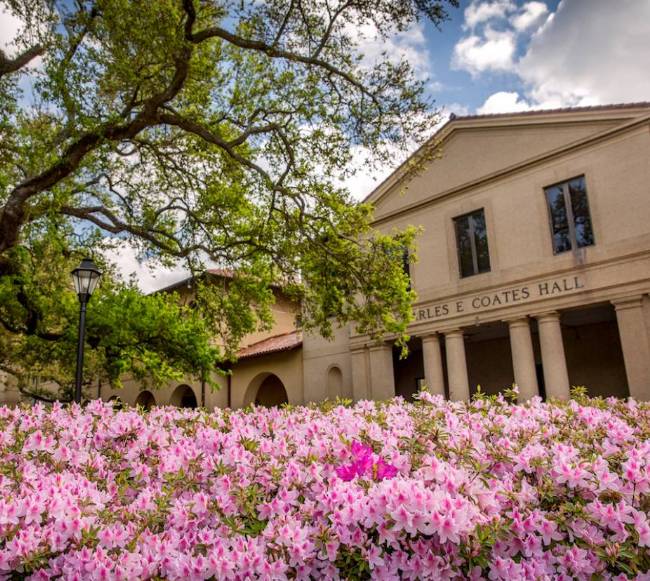Making Homes More Resilient and Affordable
LSU AgCenter’s LaHouse Partners with Builders, Policymakers to Protect Residents, Lower Insurance Costs
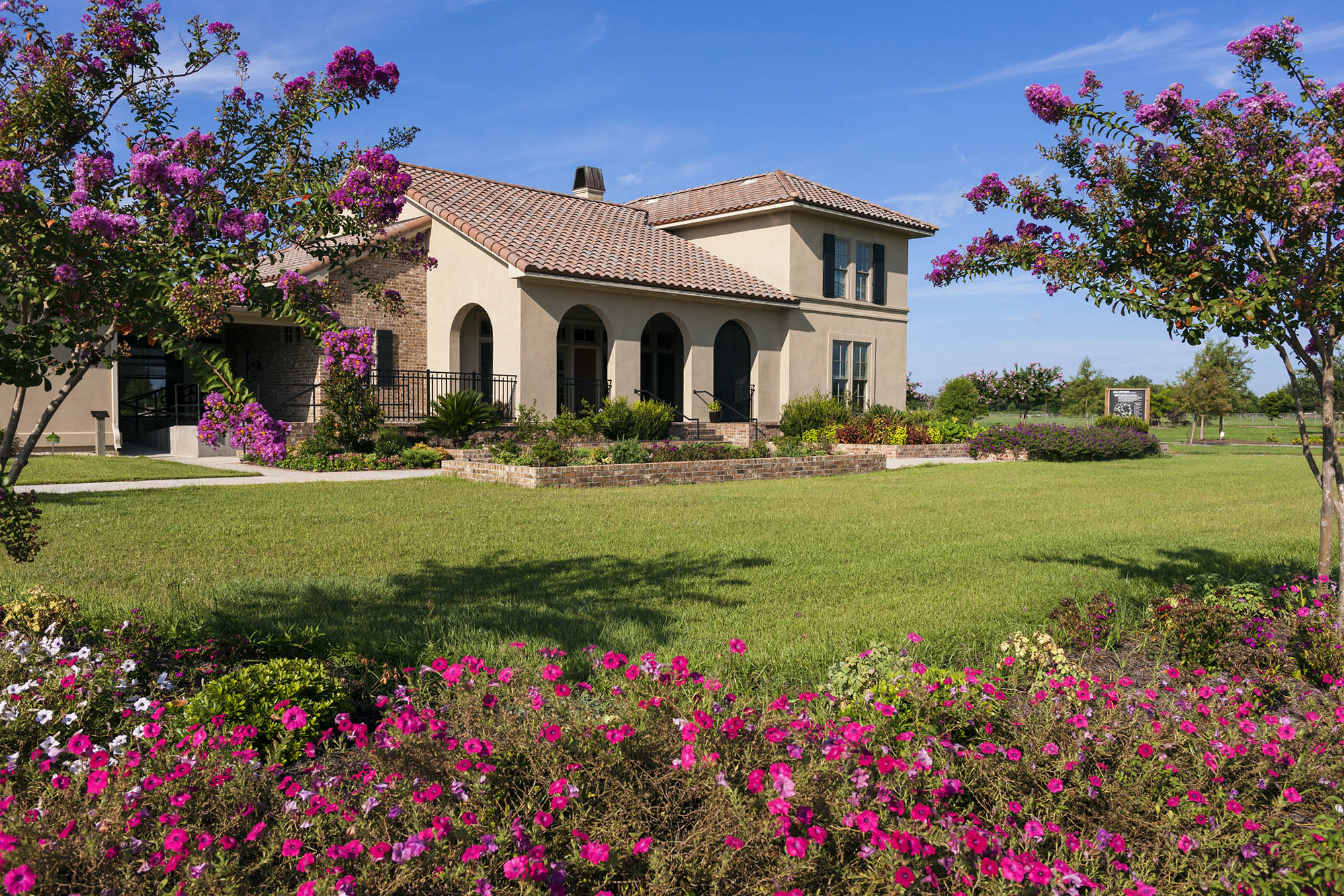
LSU AgCenter’s LaHouse includes 250 educational exhibits that provide builders and homeowners with cost-effective options to guard against wind and water. With support from the Louisiana Legislature, all exhibits will soon be accessible online.
For 15 years, LSU AgCenter’s LaHouse has showcased storm-resilient and sustainable home construction methods and materials that are both customizable and cost-effective for Louisiana residents who live with significant risk of flooding and wind damage as well as rising insurance premiums and energy bills.
Located across from Alex Box Stadium on LSU’s flagship campus in Baton Rouge, LaHouse (short for Louisiana House) and its more than 250 educational exhibits have primarily benefited those who are able to visit in person. But now, with $500,000 in support from the Louisiana Legislature—part of historic funding for higher education in 2022—LaHouse is elevating its ability to change how homes are built and rebuilt across the state to protect residents.
Statewide building codes are becoming stronger based on LSU research. Outreach to recently storm-ravaged areas, including Houma, LaPlace and Lake Charles, as well as new and more accessible online resources are providing homeowners, builders and policymakers throughout Louisiana with the science-based tools they need to make the best choices for themselves and for their families, businesses and communities.
Working with builders
“LaHouse has been a tremendous source of info and research for us and is just a huge part of our business model,” said Isaac Scott, co-owner of Clare Homes, a high-performance home builder and startup in Lafayette, Louisiana. “We try to incorporate as much LSU building science as possible for our customers who want safe and healthy homes that will be resilient and save them a lot of money in the long run. LSU is allowing us to carve a niche.”
Before starting their own business, Scott and his business partner Kendall Gilmore worked for several other builders in the area.
“Together, we probably built more than a thousand homes, all to code, and we learned a lot in the process,” Scott said. “Code really is just a minimum standard to which a home is allowed to be built. It doesn’t mean your house will be livable after a hurricane. A high-performance home, meanwhile, will sustain less damage and the damage will be less costly. You might be able to get right back instead of staying in a hotel or elsewhere as you wait for your house to be repaired. This is why we want to work with LSU to drive innovation in home construction and help set standards for Louisiana moving forward.”
Based on its collaboration with LaHouse, Clare Homes was recognized as the Builder of the Month this month by the national Energy & Environmental Building Alliance, or EEBA. Clare Homes is the first-ever scholarship member of the EEBA Builder Benchmark Group.
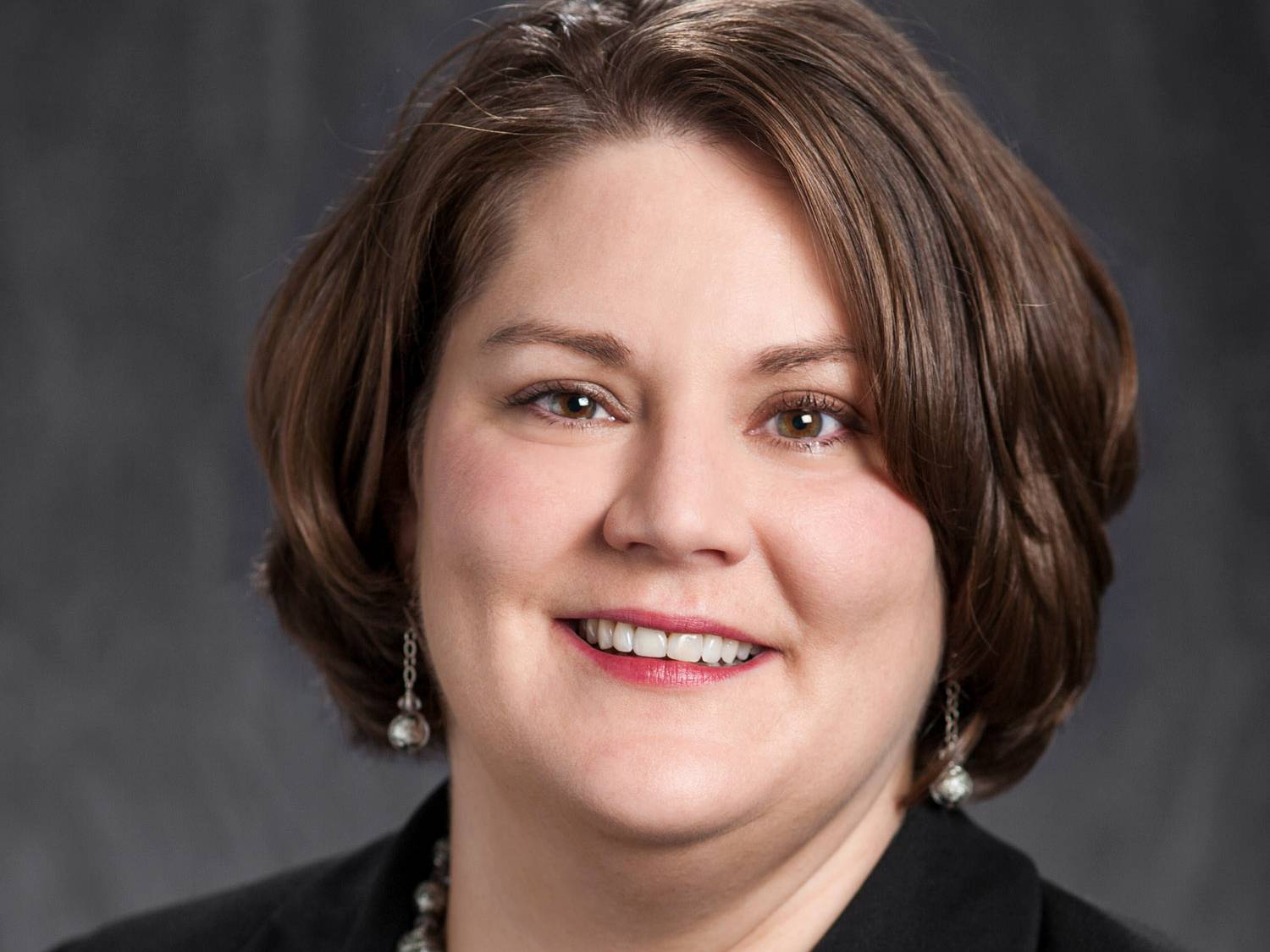
“People naturally want to live on the coast and near water and there’s a way to do that sustainably, but not if we repeatedly build to fail.”
Carol Friedland, director of LaHouse and associate professor of biological and agricultural engineering at LSU AgCenter
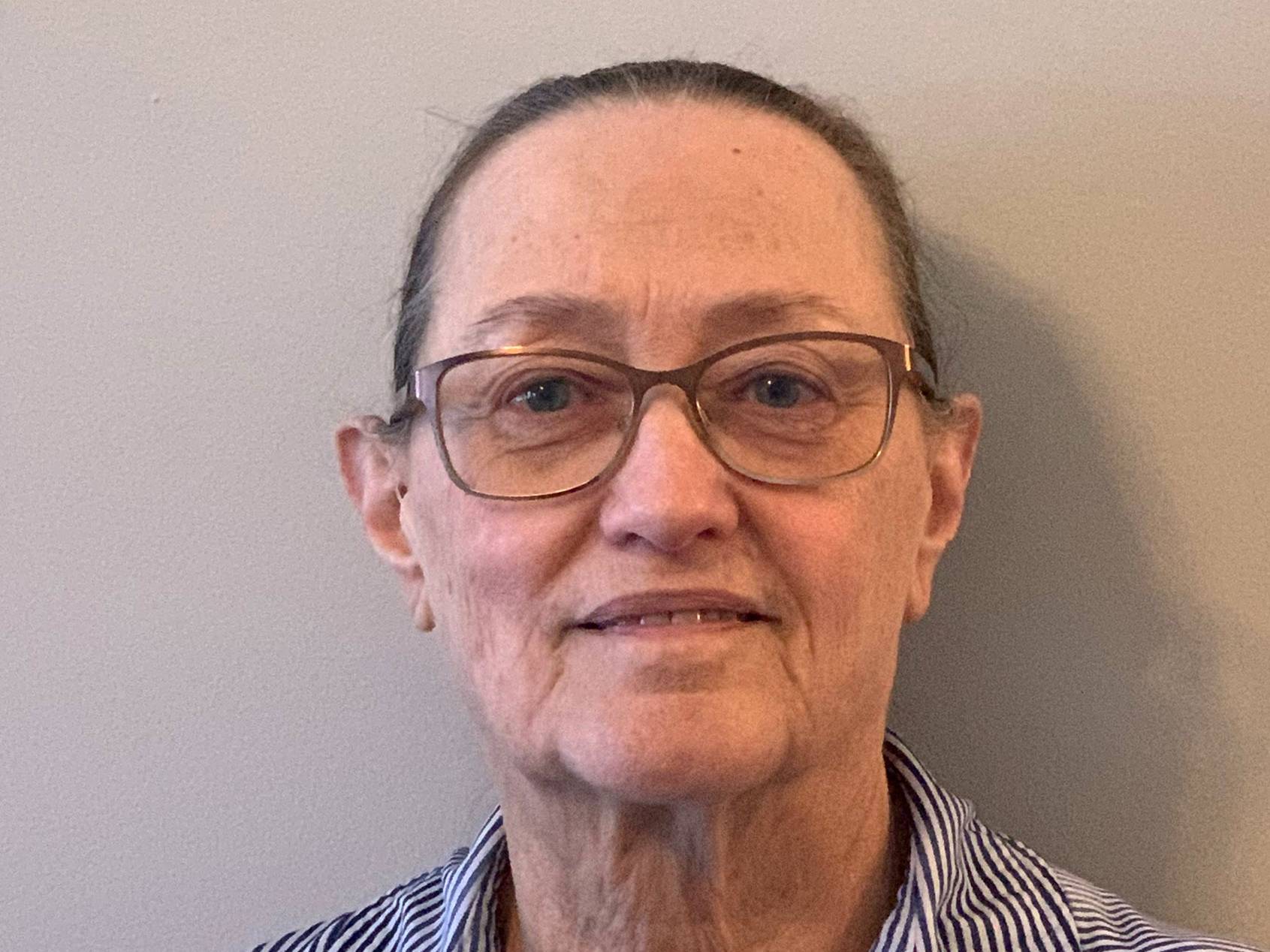
“Listening to LSU’s Carol Friedland talk as a civil engineer about things we can do to prevent the damage from being as severe, that’s empowerment.”
Brenda Roberts, Lake Charles resident, owner and director of the New Horizons Counseling Center

“LaHouse has been a tremendous source of info and research for us and is just a huge part of our business model; LSU is allowing us to carve a niche.”
Isaac Scott, co-owner of Clare Homes
Breaking the disaster cycle
Carol Friedland, director of LaHouse and associate professor of biological and agricultural engineering, has a motto for her work and her team’s growing partnerships with builders and communities. She calls it “breaking the disaster cycle.”
“It’s all about providing people with the information and resources they need to get away from disaster-repair-repeat,” Friedland said. “People naturally want to live on the coast and near water and there’s a way to do that sustainably, but not if we repeatedly build to fail.”
In collaboration with Louisiana Sea Grant and colleagues at LSU and the University of New Orleans, Friedland has developed an online platform called Flood Safe Home that allows residents to evaluate their own flood risk and compare the cost of elevating a home above base flood elevation (the height difference is called freeboard) against both immediate and future savings on lower insurance premiums as well as less frequent and less severe damage during flood events.
“Providing people with actionable information they can use to make decisions has always been important to me,” Friedland said. “In many cases, it’s not just better but also less expensive to add hazard-resistant features to your home because of how much money you can save on insurance—sometimes more than half. People just need to know about the options they have.”
Flood Safe Home already includes interactive data for addresses in Jefferson, Terrebonne and St. Tammany parishes. By May, Friedland and her team will have expanded the tool to include 20 coastal Louisiana parishes. After that, their goal is to go statewide.
Simultaneously, Friedland is working to integrate similar and more fine-grained tools to LSU AgCenter’s Louisiana FloodMaps online portal, which receives about 750,000 visits each year. By entering any address in the state, residents can see their flood zone and ground elevation and click a button, “What does this mean?” to learn more. Friedland is working to add yet another button, “Do you have a plan to break the disaster cycle?” to guide people through more personalized information about risks and costs of expected losses, insurance coverage and premiums and potential savings from taking specific actions to protect homes from future flood and wind events. For some residents, it can actually be more affordable to take out a personal loan to cover the upfront cost of adding hazard-resistant features than to save up, Friedland points out.
“With support from the legislature, we’ve been able to greatly expand our research capacity in recent months and our recent study on raising homes showed a benefit-cost ratio of up to 2:1 for existing homes, as long as you stay in that house for at least 12 years, and 9:1 for new construction,” Friedland said. “Plus, in our study area, we found elevating a house to get two feet of freeboard lowered the flood risk by 99 percent.”
“In addition, securing your roof and anchoring it to the walls and your walls to the foundation—what’s called the FORTIFIED construction method; there are different levels—can reduce wind losses up to 80 percent,” Friedland added. “The computational tools we’re working on adding to Louisiana FloodMaps will tell you how much that would cost for your home and how much you can save on insurance.”
Working with residents
Friedland and LaHouse recently brought their mobile unit to Louisiana Housing Expo events in Lake Charles and Houma, where they also participated in Rougarou Fest last October.
“We have to be where people are, if we want to talk with them about resilience,” Friedland said. “Going to these community festivals; in the middle of the music and the food, we can have real and legitimate conversations with hundreds of people to help them understand all of this information, which is actually very complicated.”
In addition, the mobile unit was part of the Louisiana Resilience Summit in Lafayette and the Andouille Festival in LaPlace. In March, LaHouse staff travel to the New Orleans Home and Garden Show.
In Lake Charles, Friedland and LaHouse organized citizen focus groups to learn what kind of information residents needed and wanted. Blue tarps continue to dot the skyline in Lake Charles after the devastating hurricanes Laura and Delta in 2020.
Lake Charles resident Brenda Roberts, owner and director of the New Horizons Counseling Center, participated in one of the focus groups. As a home and business owner and a mental health professional, she’s experienced and seen first-hand the impact on residents of not being able to “be back” for extended periods of time.
“We talk about depression and anxiety, of course, but we should also talk about construction and how building stronger homes can put us back in control,” Roberts said. “People think it’s hopeless, like we’re going to get wiped off the face of the earth here, when that’s not true. Listening to Carol Friedland talk as a civil engineer about things we can do to prevent the damage from being as severe, that’s empowerment. I can’t wait to share these new online tools LSU is putting out with my clients and with the eight other counselors who work in my practice.”
Roberts’ own home needed repairs after hurricanes Laura and Delta, but the damage was nothing compared to her office, a quarter mile away.
“You know, I had my office building built from the ground up and we added a good foot and a half to the elevation of the lot because I’m originally from Cameron Parish and we lost everything in Hurricane Audrey in 1957, except my dog,” Roberts said. “I was ready for water, but in 2020, it was more about the wind. It peeled all of the shingles off the south side of my roof, so the water got in and it rained for days, so much of the inside of my building collapsed. Six months I was out of my office, waiting on repairs.”
As part of the focus group, Roberts said she felt both hope and frustration.
“Geez, I wish I’d known about the things Carol was talking about, about FORTIFIED roofs and making the construction more resilient, when I first built and then rebuilt my roof,” Roberts said. “But she said we can do retrofit, and I’d like to. It doesn’t have to be this cycle that continues.”
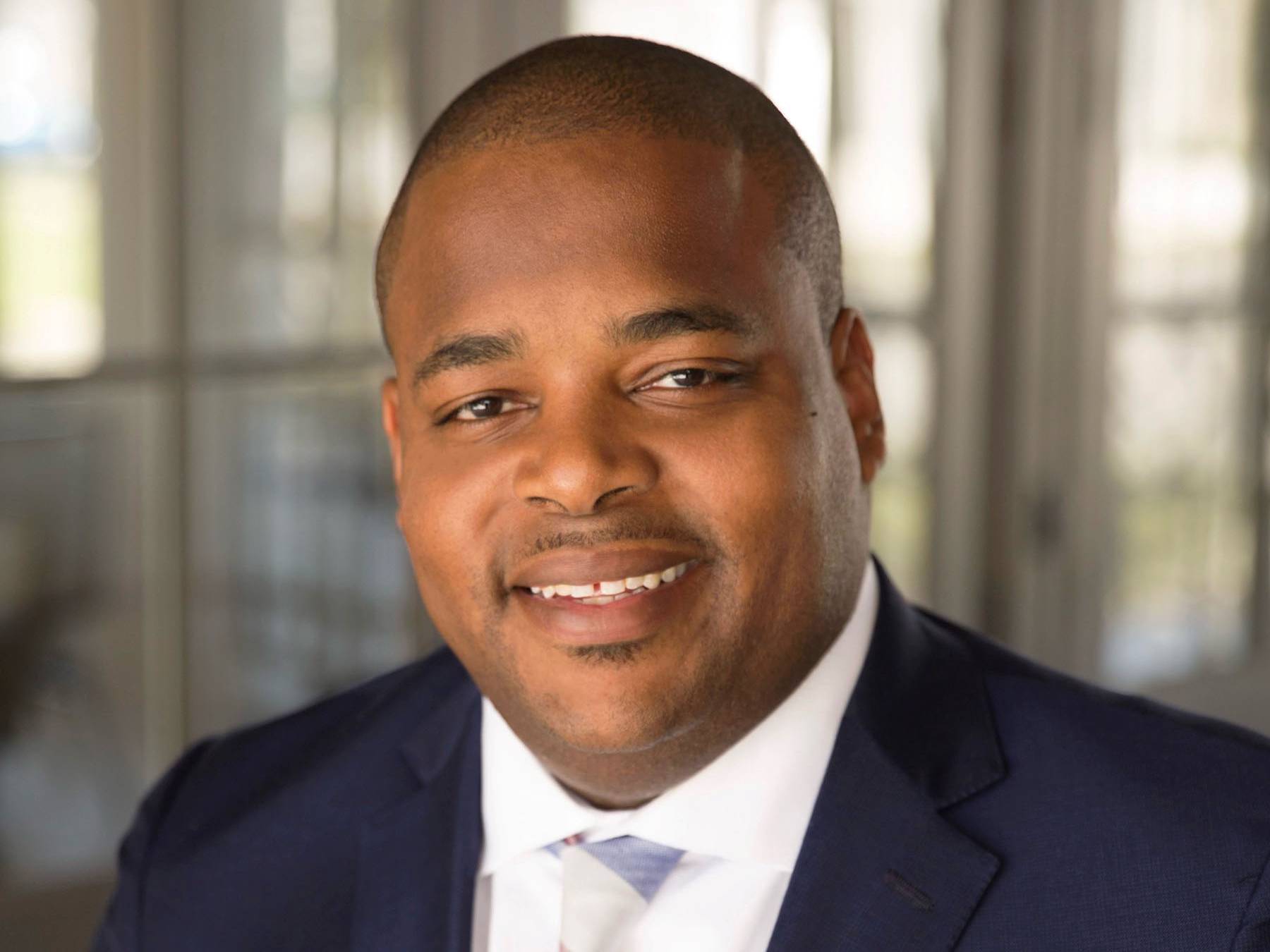
“We’re double-incentivizing builders to realize our vision for the future of affordable housing in Louisiana, and that vision started with LSU.”
Joshua G. Hollins, Louisiana Housing Corporation executive director
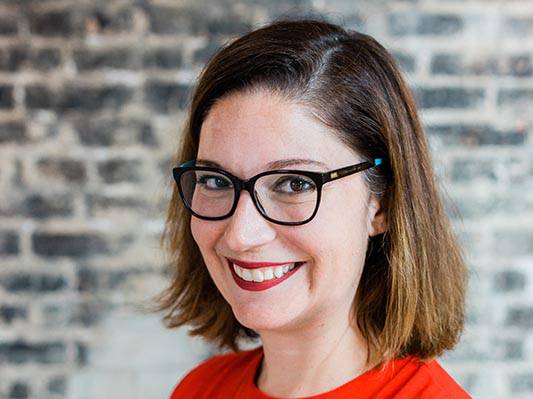
“The current insurance crisis has given us a spotlight on the need for stronger building codes and more resilient construction, but in Louisiana and thanks to LSU’s LaHouse, we’re already ahead.”
Jacquelyn Dadakis, Green Coast Enterprises CEO
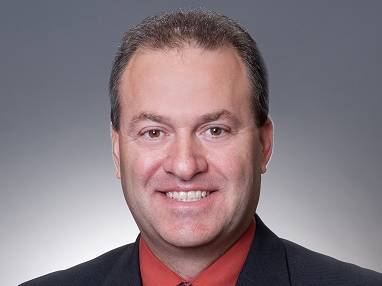
“Although we often hear about the increased cost of resilient construction, we have to look at it in reverse. We should be talking about the cost of not building FORTIFIED instead.”
Todd Folse, compliance director at Louisiana Housing Corporation
Changing policy through partnership
Beyond providing actionable information to Louisiana residents, Friedland is tackling broad economic challenges in how resilient homes are appraised—the real value of resilient construction has to make financial sense for everyone, from builders to buyers, lenders to appraisers.
“The standard appraisal process does not take into account a home’s resilience features and freeboard,” Friedland said. “This means builders are being squeezed to pay since it costs more to add resilience features and they still can’t sell a house for higher if it doesn’t appraise higher. They can voluntarily build to a higher standard, like Clare Homes, but it takes an educated buyer to understand and be willing to pay for the value, so it doesn’t cut into the builder’s profit. This is a major challenge in Louisiana if we want homes to withstand wind and water, which—at least until this year—required more than building to code.”
A long-term partnership between LSU AgCenter’s LaHouse and now Professor Emeritus Claudette Reichel, the Office of Community Development (OCD) and the Louisiana Housing Corporation (LHC)—state agencies working to ensure safe, sustainable and affordable housing for everyone—recently led to a statewide policy change on resilient construction for low-income housing. Last month, LHC announced all new builds funded through the agency must include a FORTIFIED roof and that builders can earn additional points and compete for tax credits by adding more resiliency features, which also can go beyond the established cost limit.
“We’re double-incentivizing builders to realize our vision for the future of affordable housing in Louisiana,” LHC Executive Director Joshua G. Hollins said. “That vision started with LSU’s technical expertise and our strong partnership with LaHouse and OCD when we asked, ‘What is a resilient project?’ Our new standards and guidelines in the 2024 Qualified Allocation Plan are a direct result of what we’ve learned in recent years, and our top priority remains building homes that will withstand the test of time and Mother Nature for decades to come.”
Nearly one-fifth of LHC’s housing stock—more than 9,000 homes—has been lost to flood and wind since the Great Flood of 2016, with the most damage caused by hurricanes Laura, Delta and Ida.
“Moving to all FORTFIED roofs was our most obvious first defense against these losses,” said Todd Folse, LHC compliance director. “Most people say ‘built to code’ and think that’s a good thing, but it’s not an elevated pinnacle—it simply means you met the minimum requirements. Wind will always find your weakness, and although we often hear about the increased cost of resilient construction, we have to look at it in reverse. We should be talking about the cost of not building FORTIFIED instead.”
But “built to code” is also changing. LaHouse’s long-standing work is in the process of making the statewide building code stronger. As of August 1, all new and substantially damaged and improved buildings in Louisiana will be required to include at least one foot of freeboard.
“This has the potential to be our greatest contribution,” said Friedland, who began sharing her research with the Louisiana State Uniform Construction Code Council Freeboard Task Force last year. “Without the support from the legislature, we wouldn’t have been able to generate and share enough data and results with the task force and code council to get to this point this quickly.”
Beyond the new requirement for freeboard, the updated code in effect as of January 1, 2023 ensures roofs and structures must be able to withstand 149 mph winds, including many features of the FORTIFIED standards. Come July 1, Louisiana’s energy code will also be updated for the first time in over a decade, so homeowners can save up to 25% on their electric bills.
Green Coast Enterprises CEO Jacquelyn Dadakis served with Friedland on the task force. As its technical committee chair, she said LaHouse’s work was instrumental to this year’s code changes.
“The current insurance crisis has given us a spotlight on the need for stronger building codes and more resilient construction, but in Louisiana and thanks to LaHouse, we’re already ahead,” Dadakis said. “Because of our work with LSU, we already had in place what we needed to change our building codes. LaHouse predicted this insurance conundrum years ago and helped push the conversation. LSU has been the leading voice and is helping us get to the other side of this crisis, so we hopefully also can entice insurance companies to return to Louisiana.”
The goal is reasonable bills for residents and less or no losses due to flood and wind, Dadakis explained.
“LaHouse has been such an important resource to the code council in helping us understand building science and the impact our decisions will have on the health and long-term costs of owning and living in a Louisiana home,” Dadakis added. “We’re charged to be technically accurate and have to make sure we’re not harming the economy of the state in the decisions we’re making. LaHouse’s and Carol Friedland’s work has always brought front and center the true cost we incur when we don’t build resilient and energy efficient.”
Sharing resources, increasing the scale
Beyond Flood Safe Home and additions to the Louisiana FloodMaps website, Friedland’s team is developing a virtual 3D model and virtual 3D tour of LaHouse where online visitors to the soon-to-be-revamped LaHouse website will be able to click links on every exhibit to get the same information as if they’d come in person.
“People from anywhere will soon be able to visit LaHouse without coming here, and to me, that’s a gamechanger,” Friedland said. “There are solutions; we just need to put the information out on a much larger scale.”
Speaking of scale, Friedland is also part of the Army-funded Developing Engineering Practices for Ecosystem Design Solutions, or DEEDS, project, which is a partnership between LSU and the U.S. Army Engineer Research and Development Center. Researchers are developing a set of strategies for how to “engineer with nature” to build and protect land in coastal zones to benefit the military as well as everyone. From Friedland’s perspective, you can secure a structure by adding resiliency features to the building itself, or by changing the environment and hazard around it.
“You can elevate your house two feet, or you can lower the flood level by two feet—it’s the exact same thing,” Friedland said. “And as LSU researchers, we try to combine different disciplines to look at a problem from every angle and work together to solve it.”
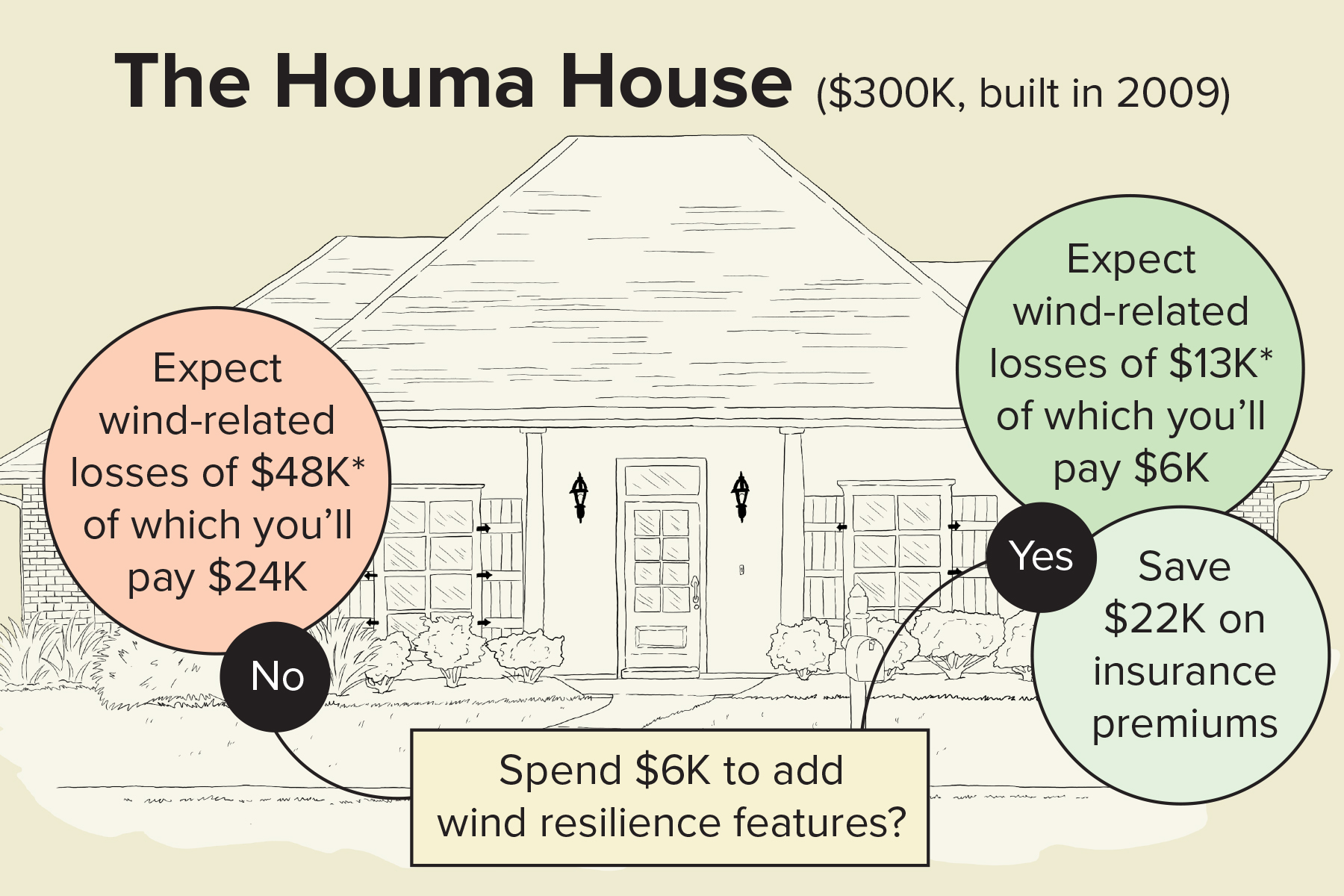
LSU AgCenter’s LaHouse works to give residents concrete guidance on the long-term
cost of living and owning a house in Louisiana, including in flood-prone areas on
the coast and inland. While elevating existing homes isn’t always cost-effective,
many residents can prevent costly losses and save on insurance by adding wind-resiliency
features to their home.
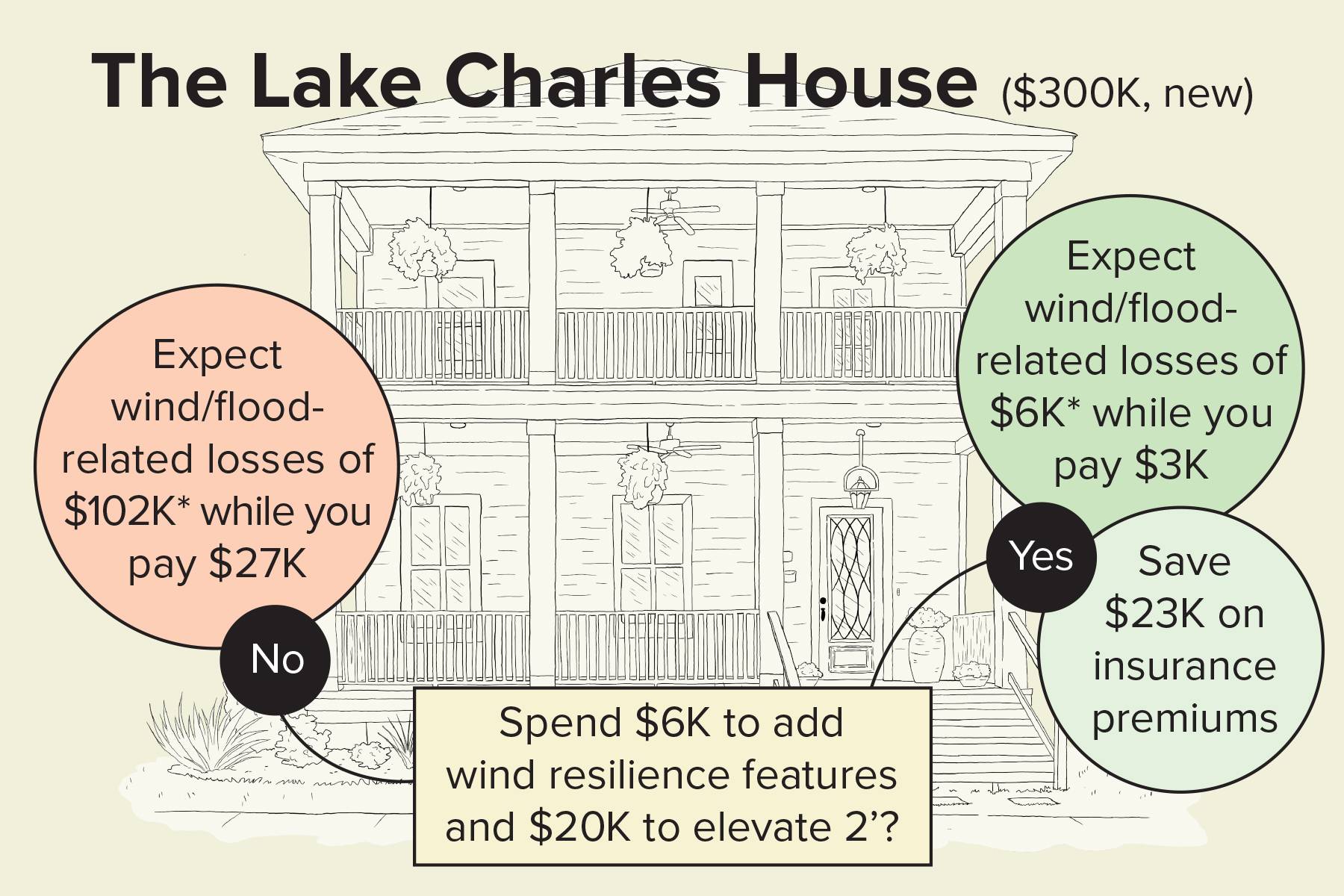
Elevating a home is significantly more affordable at construction, especially if the
cost can be rolled into a home’s appraised value and a mortgage. The estimated cost
of losses rarely takes into account pain and hassle, actual replacement value of items
lost or sentimental value.
Read more
- Protecting House and Home: Louisiana’s Number-One Key to Resilience (LSU)
- Carol Friedland Brings a Fresh Perspective to LaHouse (LSU AgCenter)
